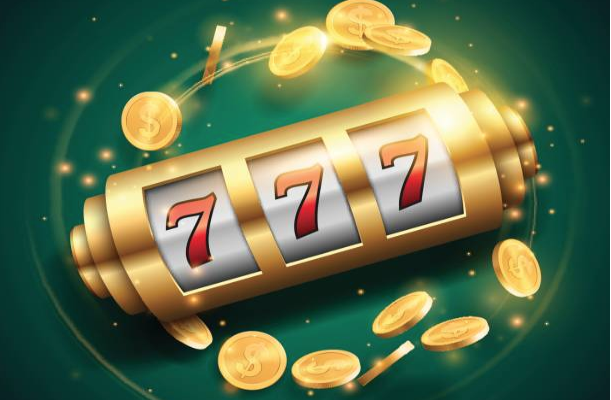Online slot games have become a cornerstone of the digital gambling industry, captivating millions of players worldwide with their vibrant graphics, engaging themes, and the allure of substantial payouts. However, behind the flashing lights and spinning reels lies a complex economic structure that ensures casinos maintain profitability while offering fair chances to players. Central to this structure are the concepts of House Edge and Return to Player (RTP). Understanding these two principles is essential for any player looking to navigate the world of online slots with a more informed perspective.
What is House Edge?
The term “House Edge” refers to the mathematical advantage that a casino has over players. This advantage is expressed as a percentage of the player’s initial bet that the casino expects to keep over the long run. Essentially, the House Edge ensures that the casino will always make a profit over time, regardless of individual wins or losses by players.
How House Edge Works
The House Edge is calculated based on the difference between the true odds of winning and the payout odds offered by the casino. For example, if a slot game has a House Edge of 5%, this means that for every $100 wagered, the casino expects to make a profit of $5. While this may seem like a small margin, it accumulates significantly over thousands of spins and many players.
The House Edge varies among different slot games and is influenced by several factors, including the game’s design, the complexity of its features, and the payout structure. More sophisticated slots with multiple paylines and bonus rounds may have a higher House Edge compared to simpler, traditional slots.
Understanding Return to Player (RTP)
The Return to Player (RTP) percentage is the flip side of the House Edge and represents the amount of money that a slot game returns to players over an extended period. RTP is also expressed as a percentage, indicating the average amount of the total bets that the game will pay back to players.
The Relationship Between House Edge and RTP
House Edge and RTP are intrinsically linked and together determine the overall profitability and appeal of a slot game. The relationship can be summarized as follows:
House Edge=100%−RTP\text{House Edge} = 100\% – \text{RTP}House Edge=100%−RTP
For example, if a slot game has an RTP of 96%, the House Edge would be 4%. This equation highlights how these two metrics balance each other. A higher RTP means a lower House Edge, which is generally more favorable for players. Conversely, a higher House Edge corresponds to a lower RTP, indicating that the game is less favorable to players in the long run.
Why RTP and House Edge Matter to Players
Understanding RTP and House Edge is crucial for players aiming to make informed decisions about which slot games to play. Games with a higher RTP and lower House Edge are typically more advantageous for players, offering better long-term value. While the thrill of winning a large jackpot can be enticing, players should consider the RTP and House Edge as part of their overall strategy.
Volatility and Player Experience
In addition to RTP and House Edge, players should also be aware of a game’s volatility, which refers to the frequency and size of payouts. High-volatility games offer larger but less frequent wins, while low-volatility games provide smaller, more frequent payouts. A game with a high RTP and low volatility can be ideal for players seeking consistent returns, whereas those chasing big wins might prefer high-volatility games, even if the RTP is slightly lower.
Conclusion
The economics of online slot games, governed by the principles of House Edge and RTP, are essential for understanding how these games operate and ensuring a fair gaming experience. By grasping these concepts, players can better navigate the myriad of slot games available, making choices that align with their gaming preferences and financial strategies. Ultimately, while luck plays a significant role in slot games, knowledge of House Edge and RTP empowers players to make more informed decisions, enhancing their overall enjoyment and potential for success in the world of online slots. Understanding these factors is key to not only improving one’s odds but also ensuring a more responsible and satisfying gaming experience.



